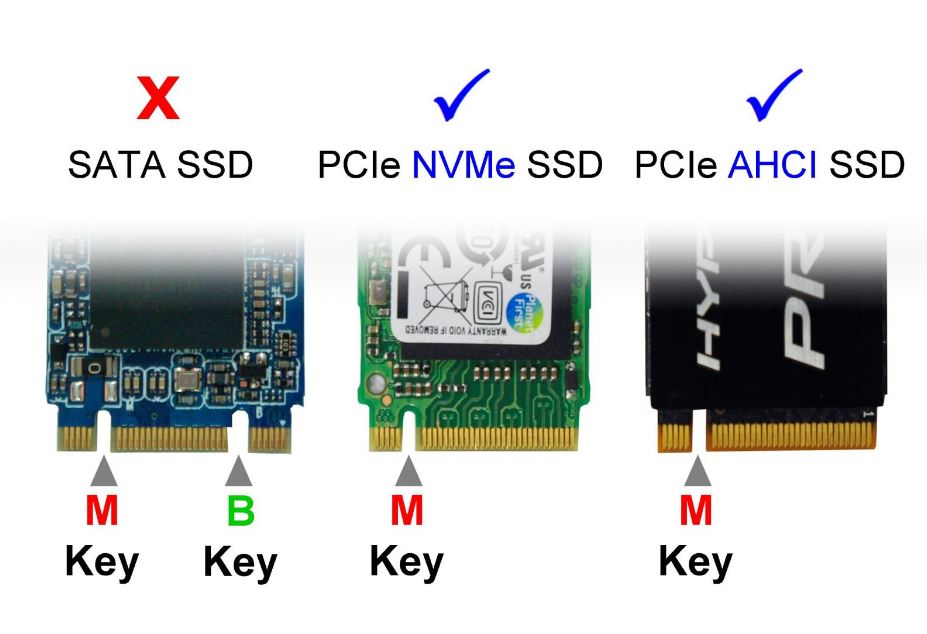

Universal Type-C Futureĭiscussing USB speeds would be incomplete without the mention of Type-C cables. What’s more? USB-4 is using Type-C connectors, making it truly the only connector you’ll ever need. It also enables DisplayPort alt mode that can support 8K resolution at 60Hz with HDR10 colors.

This latest generation of USB is capable of using a two-lane cable to get transfer speeds as high as 40Gbps. It is excluded from the table because it isn’t as widely available as USB 3.0 or Lightning ports and cables. USB-C ports and cables with Thunderbolt 3 capabilities give them a speed of up to 40Gbps.Ĭurrently, we’re at USB 4.0 (officially USB4) and Thunderbolt 4 standards that are already appearing on some top-of-the-line devices and peripherals. Now, bringing Thunderbolt into the picture, we can see Lightning struggling further behind. So far, we’ve established that Lightning cables are not even half as fast as USB-3 cables. If you think that’s a huge leap, you’re in for a surprise. USB-C cables, on the other hand, work at USB-3 speeds which go as high as 5Gbps to 20Gbps depending on the version. The first and foremost thing to note is that Lightning still works at speeds similar to USB-2, which is 480Mbps/60Mbps. Lightning connector replaced 30-pin connector on the iPhone. Older USB-1 devices can be connected to the current USB-3/USB-4 ports USB-3 or Type-C cables are backward compatible. Rugged cables are available but some users consider Lightning cables more prone to breaking. Wide availability makes it easier to get more durable cables Third-party cables are usually costly too. Widely available in devices of different sizes, styles, and a wide price range. So why is Apple still sticking with Lightning cable on the iPhone? And how does a Lightning vs USB-C comparison go for the iPhone? Lightning Vs USB-3 Feature


 0 kommentar(er)
0 kommentar(er)
